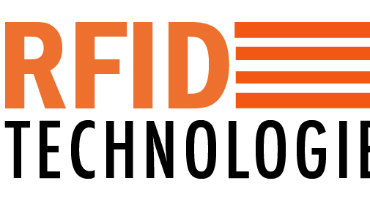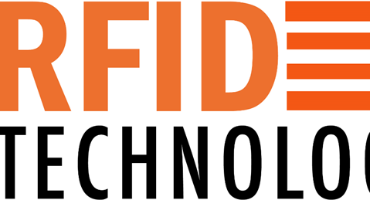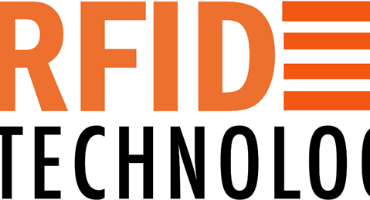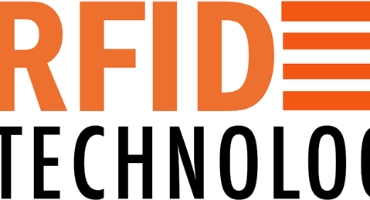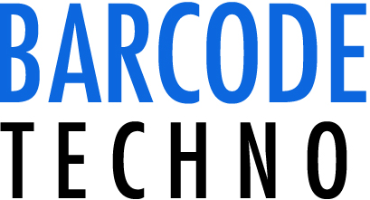The UHF RFID system consists of three main components:
RFID UHF label tags: The RFID tag labels is a small electronic device that contains a microchip and an antenna. The microchip stores information such as a unique identifier or product information, and the antenna allows the tag to communicate with an RFID reader.
RFID UHF Reader: The RFID reader is a device that emits a radio frequency signal and receives data from the RFID tag. The reader also has a processor that decodes the data and sends it to a computer or other system for processing.
RFID software: The RFID software manages the data collected by the RFID reader and integrates it with other systems such as inventory management, warehouse management, or supply chain management software.
When an RFID tag enters the range of an RFID reader, the reader emits a radio frequency signal that activates the tag. The tag responds by sending back its unique identification number and any other stored data. The reader then decodes the data and sends it to the software system for processing.
UHF RFID technology offers several advantages over other RFID systems, including longer read ranges, higher data transfer rates, and the ability to read multiple tags simultaneously. These advantages make UHF RFID ideal for applications such as asset tracking, supply chain management, and inventory management in large warehouses or distribution centers.

